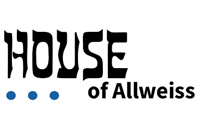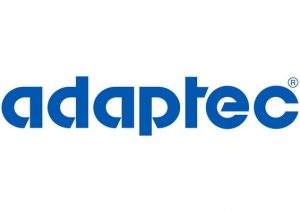John Adler promised that we would only have to do a minimal due diligence, but Adaptec’s corporate law firm and investment banker resisted that. As a result we had a few times where the deal almost fell apart. Thanks to John and I maintaining good communications and with the help of Greg Presson, we were able to maintain the confidentiality of the deal and still get it done.
During this period, from February 1995 to July 15, 1995 we still had to run a business and face challenges. We had developed the new Plug and Play specification with Microsoft and Intel, and a new chip, the 18PNP300 which we were sampling to our OEM customers. Acceptance of the new chip and host adapters based on it was very good. We had many orders on the books that coincided with the release of Windows 95, the first operating system to support native Plug and Play.
IBM was moving forward with their Serial Storage Architecture, and had decided we would be the host adapter partner. This would be our first Bus Master Adapter since the WD 7000, but now designed for the new PCI high performance IO bus. Even with IBM support, this was a major undertaking for us, completely new technology on the computer and disk side of the interface.
By July 14th everything was set for the Adaptec purchase. That day we got the final draft of the purchase agreement from the Adaptec attorney, the next day Adaptec executives would fly down to attend our joint announcement and deliver the checks. At the last minute, another overzealous lawyer at Wilson Sonsini, Adaptec’s Lawyers, almost tanked the deal; he had made changes to the agreement without highlighting them and informing us. I immediately got on the phone with John. I did not accuse him of anything, only his law firm. He asked me to give him an hour, and in less time than that he had read Sonsini the riot act and demanded they correct the document and fax it immediately. He called me to let me know this, and thanked me for understanding.
The second major event was the final contract for IBM SSA Bus Master Adapter. It was delivered by FedX just an hour before the Adaptec team was to arrive. The contract included a purchase commitment for about $30 million dollars over the next couple of years, with the option for IBM purchasing more adapters. For a brief moment I considered not selling the company and going with IBM on this new technology, but I reconsidered. The technology was risky, and we would have to raise at least $5 million and maybe more in order to fund our part of the development. In a way it was like starting the company all over again with brand new technology. In the end I got on the phone with the IBM VP of Development and give him the news before anyone outside the company got it, we were selling to Adaptec. He congratulated me. I told him I would deliver the contract to Adaptec, but I could not commit to what they would choose to do.
I then called the CEO of Symbios to let him know we would not be going forward with them. He understood and wished us well. Finally I called Greg Avis and told him to expect a check for $7.64 million which, including the 7% interest we had been paying Summit for the last five years since they invested in Future Domain in 1989, was about four times their original investment in the company.
So with the last minute obstacles cleared, the Adaptec team arrived just before 11AM and we called an all-hands meeting at the company to let the employees know. Future Domain was now part of Adaptec Inc., and my days as a CEO of a technology company were over.

